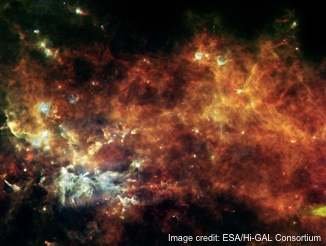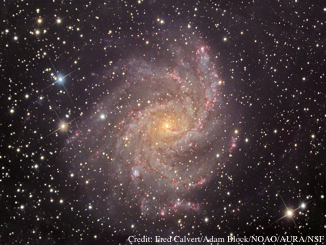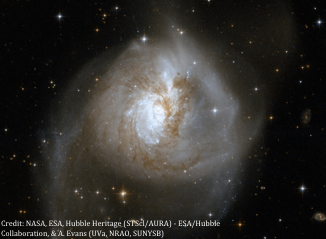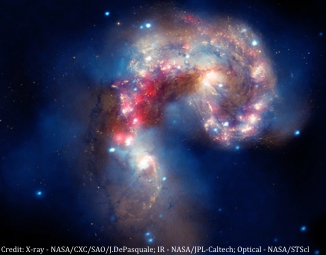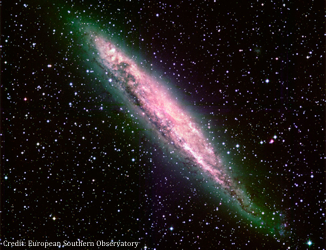Science
The Fred Young Submillimeter Telescope is specifically designed to measure the kinematic Sunyaev-Zel’dovich effect of galaxy clusters, to trace the appearance of the first population of star-forming galaxies through intensity mapping of their [CII] emission in the epoch of reionization, and to probe multiple spectral line tracers of the ISM over a range of environments in the Milky Way, Magellanic Clouds and other nearby galaxies. It will also be a next-generation Cosmic Microwave Background observatory.
SCIENCE PROJECTS
- Tracing the epoch of reionization with CII intensity mapping
Lead: Dominik Riechers (UKöln)
Deputy Lead: Gordon Stacey (Cornell)
- Understanding galaxies and galaxy cluster formation via millimeter and submillimeter observations
Lead: Nick Battaglia (Cornell)
Deputy Lead: Kaustuv Basu (UBonn)
- Enhancing constraints on new particle species and cosmology with Rayleigh Scattering
Lead: Daan Meerburg (UToronto)
Deputy Lead: Joel Meyers (SMU)
- Measuring CMB foreground to aid the search for primordial gravitational waves
Lead: Mike Niemack (Cornell)
Deputy Lead: Steve Choi (Cornell)
- Tracing galaxy evolution from the first billion years to Cosmic Noon with the cosmic infrared background
Co- Lead: Scott Chapman (UBritish Columbia)
Co-Lead: Manuel Aravena (UDiego Portales)
Deputy Lead: Thomas Nikola (Cornell)
- The star formation-ISM cycle in local galaxies with high spectral resolution submillimeter observations
Lead: Robert Simon (U.Köln)
Co-Deputy Lead: Frank Bigiel (UBonn)
Co-Deputy Lead: Amelia Stutz (UConcepción)
- A new submillimeter window into time domain astrophysics
Co-Lead: Doug Johnstone (NRC-CNRC)
Co-Lead: Anna Ho (Cornell)
Deputy Lead: Greg Sivakoff (UAlberta)
- Magnetic fields and broadband galactic polarization science
Lead: Laura Fissell (Queens U)
Clark: Susan Clark (Stanford)

